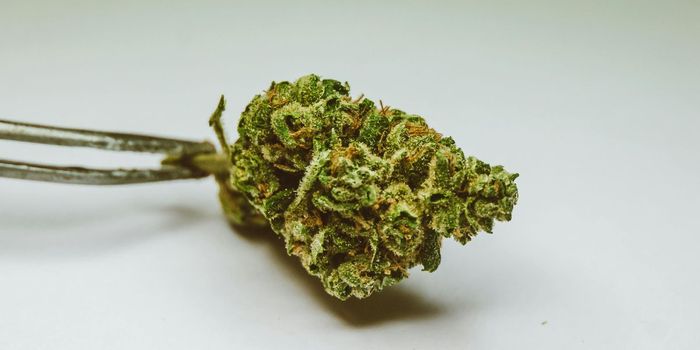CBD Alleviates Angelman Syndrome Seizures in Mice Trial
CBD has already been shown to be effective as an anti-anxiety, antipsychotic and anti-epileptic substance. Can it help youth and adults with a rare neurological condition?
Cannabidiol (CBD) can lessen seizure severity in mice that genetically model Angelman syndrome, a rare neurodevelopmental condition. This condition is characterized by brain rhythm dysfunction, intellectual disability, lack of speech and, in many cases, drug-resistant epilepsy. The effectiveness of CBD was tested by University of North Carolina at Chapel Hill (UNC) School of Medicine researchers.
In the lab of Ben Philpot, the team tested the effects of CBD on seizures, brain activity abnormalities and motor deficit in mice that genetically model Angelman syndrome. According to EurekAlert, the Philpot lab creates genetically modified mouse models of neurodevelopmental disorders and uses them to look for new treatments for diseases including Rett, Pitt-Hopkins and Angelman syndromes.
One injection of CBD was found to substantially lessen seizure severity, when the seizures were triggered by loud sound or elevated body temperature. A typical dose of 100 mg/kg of CBD did lead to mild mouse sedation, but it had minimal impact on their balance or coordination. And, CBD reinstituted normal brain rhythms.
"We're confident our study provides the preclinical framework necessary to better guide the rational development of CBD as a therapy to help lessen seizures associated with Angelman syndrome and other neurodevelopmental disorders," Bin Gu, PhD, first author and postdoctoral fellow in the Philpot lab, said.
"There is an unmet need for better treatments for kids with Angelman syndrome to help them live fuller lives and to aid their families and caregivers. Our results show CBD could help the medical community safely meet this need," Ben Philpot, PhD, said.
“Cannabidiol attenuates seizures and EEG abnormalities in Angelman syndrome model mice,” was published in the Journal of Clinical Investigation.
Article Source: EurekAlert, Journal of Clinical Investigation










